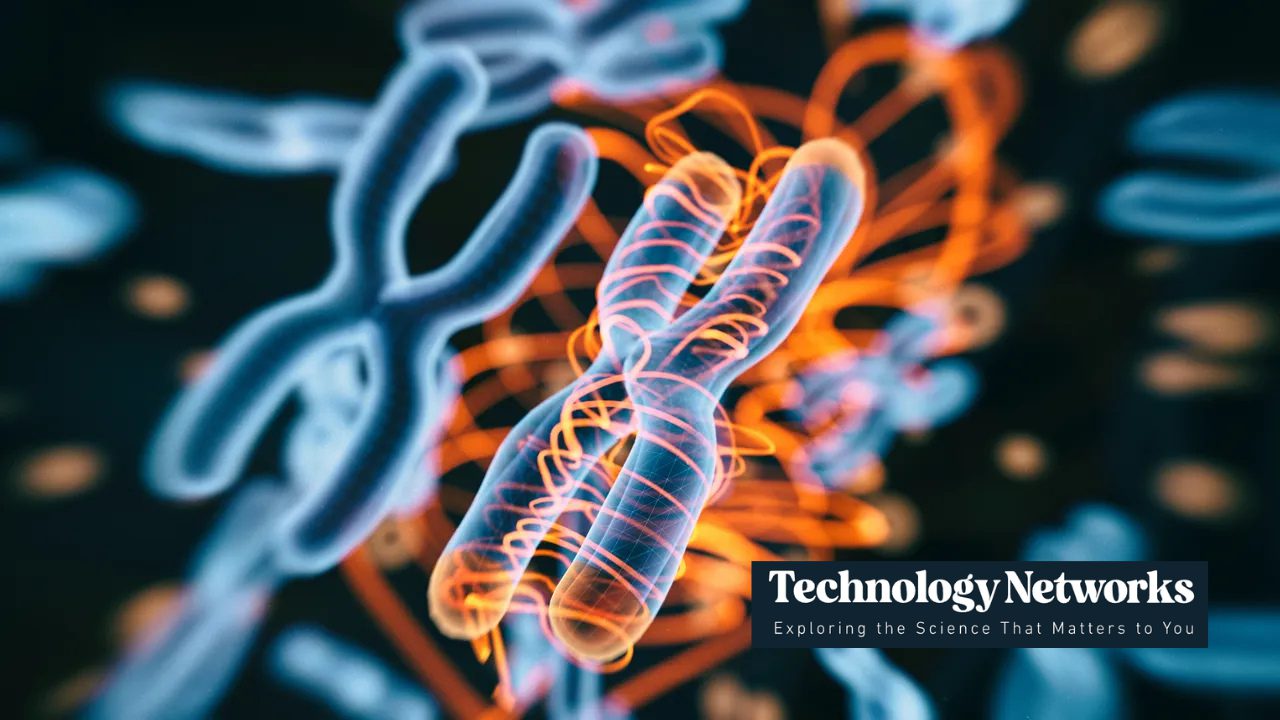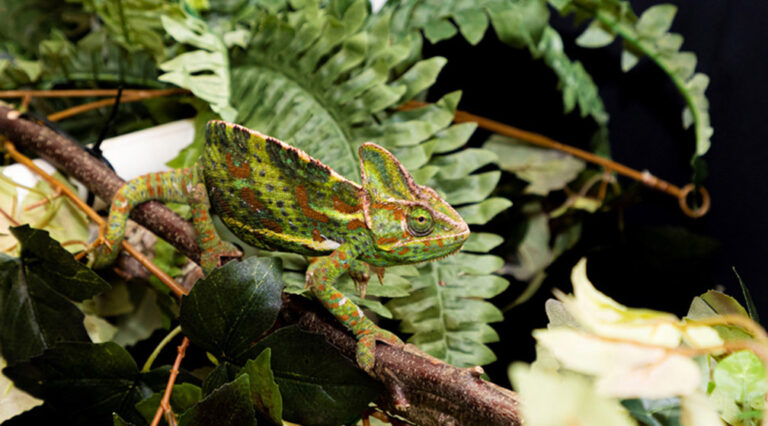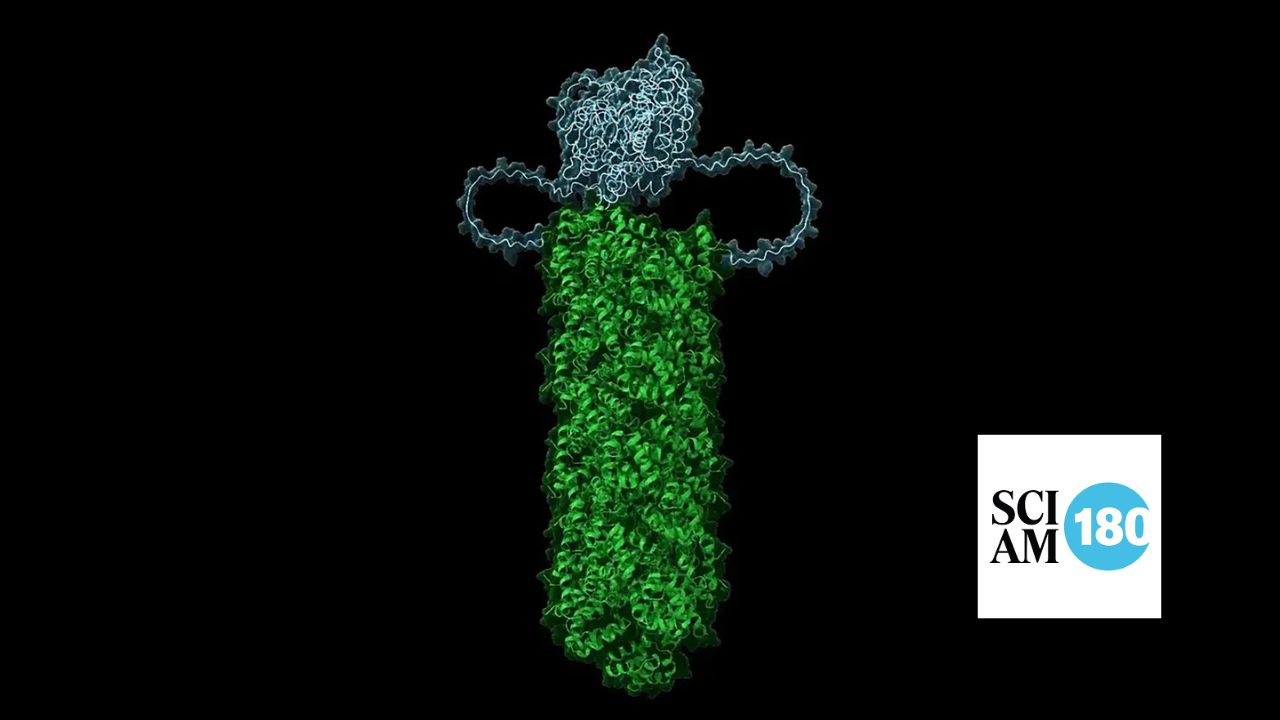In The News

28 October 2025
Century-Old Mystery of Robertsonian Chromosomes Solved
From the Gerton Lab,Scientists pinpointed the DNA sequence where human chromosomes fuse, solving a century-old mystery in genome biology.
Read Article

While our planet is home to over thirty million species of animals that look very different on the outside, our biology is often more similar than different, especially at the level of cells and genes. Studying the biological processes of animals allows researchers to find answers to fundamental questions that in turn contribute to our biological knowledge base and provide insight to human and animal health and disease.
The Stowers Reptile and Aquatics Facility provides the Institute’s scientists with the technical support for its non-mammalian research organisms. The technicians are specially trained to assist researchers with colony management, animal identification, breeding, tissue sampling, technical services, and cryopreservation. Whether it is self-regenerating flatworms, fluorescent sea anemones, or blind cavefish, it takes the attention of many dedicated individuals to provide the exemplary care for these research animals.
Reptile and Aquatics: By the Numbers
421,000
Crickets used as feed for the reptile colonies annually
>373,000
Fertilized cavefish eggs collected in the past year
>35,600
Zebrafish
30,000
Planaria flatworms shipped from Stowers to other research institutions annually
>9,500
Sea anemones
>5,600
Cavefish
2,134
Reptile eggs produced last year
2,000
Zebrafish tanks in use
>900
Apple snails
48
Lizards
31
Team members
In The News

28 October 2025
From the Gerton Lab,Scientists pinpointed the DNA sequence where human chromosomes fuse, solving a century-old mystery in genome biology.
Read Article
Press Release
22 October 2025
As part of the Institute’s newly launched AI Initiative, Sumner Magruder, Ph.D., will embed cutting-edge computational tools into foundational biology
Read Article
In The News

20 October 2025
From Scientific American, the Halfmann Lab shows a special class of immune proteins protect us from pathogens but also drive inflammation and cell death.
Read Article
